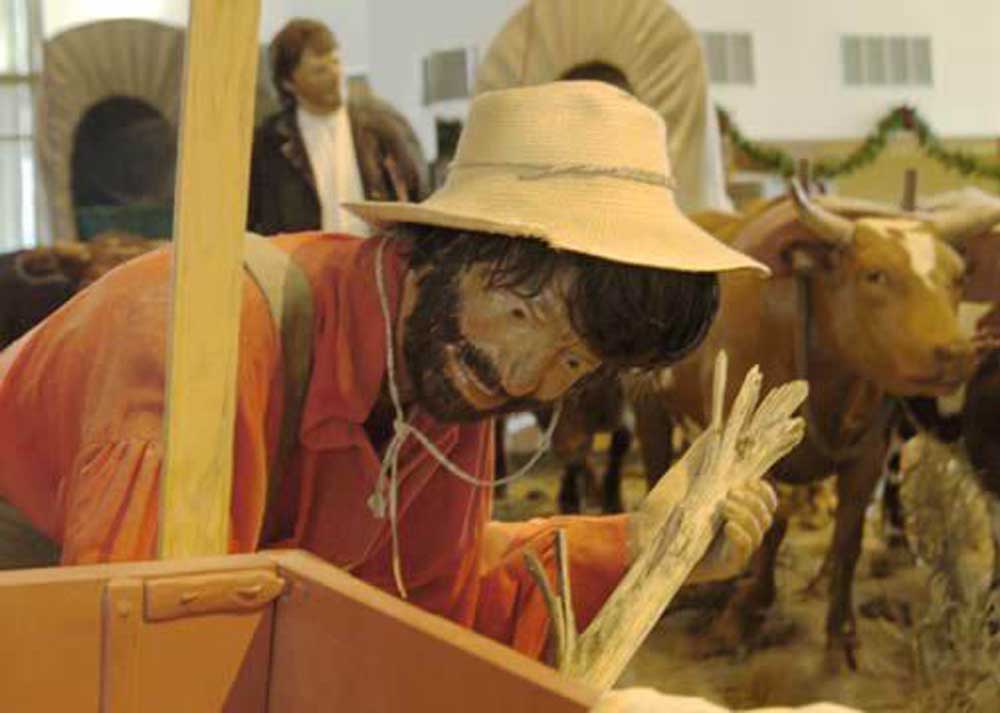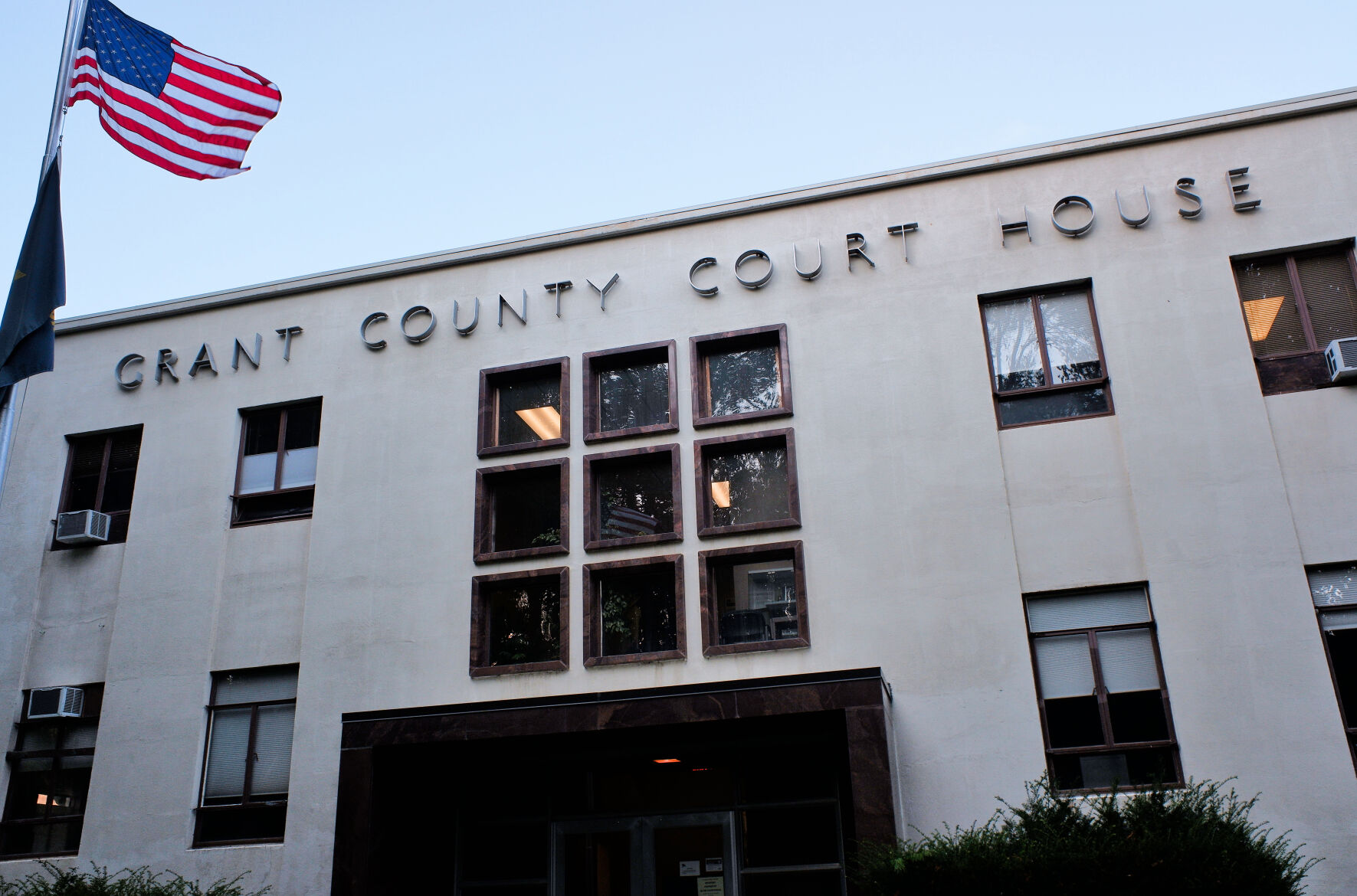Major renovation of Oregon Trail Interpretive Center starts soon
Published 7:00 am Saturday, February 26, 2022

- Exhibits inside the Oregon Trail Interpretive Center chronicle the experiences of Oregon Trail emigrants in the 19th century.
BAKER CITY — The biggest project at the Oregon Trail Interpretive Center near Baker City since it opened almost 30 years ago will begin March 2.
The $6.5 million makeover is designed to turn the center, which has attracted almost 2.4 million visitors, from an energy hog to a building with a more modest appetite for electricity.
Achieving that will entail much more than cosmetic work.
The Bureau of Land Management, the federal agency that operates the center on Flagstaff Hill about 5 miles east of Baker City, has hired Hess Contracting of Preston, Idaho, to replace most items attached to its frame.
That includes installing new cement board siding, insulation, roofing, windows and doors.
The contractor will also replace the heating and cooling system for the all-electric building.
The interpretive center, which has been closed since November 2020 due to the pandemic — work started in October 2021 to remove exhibits and other items in preparation for the project — will remain closed during the remodeling.
The work is slated to be finished in the spring of 2023, but the center will stay closed for several more months while exhibits and fixtures are reinstalled.
That’s a shorter duration than BLM originally expected, said Larisa Bogardus, public affairs officer for the BLM’s Vale District.
Initially the agency expected the remodeling would take more than two years.
The impetus for the project was a nationwide survey comparing the energy efficiency of BLM buildings, Bogardus said in 2021.
That survey, which included an inspection of the interpretive center in May 2018, earned the center the “dubious distinction” of being the agency’s least efficient building, Bogardus said.
Among the findings is that the center’s “energy use intensity” — a measure of its inefficiency — was 170 kilo-British thermal units per square foot. The average for BLM facilities is 84, according to the survey.
The center when operating had a monthly power bill averaging about $10,000.
The remodel is estimated to reduce the center’s energy use by 73%, according to a press release from the Vale District.
“We want to be good stewards of our natural resources,” said Vale District Manager Wayne Monger, whose office oversees the center. “This design utilizes high thermal insulation value materials and high efficiency heating and cooling technology to counter summer and winter energy demands of the site.”
Approximately 16% of the project is funded through the Great American Outdoors Act, which allocates up to $1.9 billion annually for maintenance and improvements to critical facilities and infrastructure in national parks, forests, wildlife refuges, recreation areas and tribal schools.
During the extended closure, a new exhibit at the Baker Heritage Museum in Baker City, scheduled to open in May 2022, will serve as an Oregon Trail experience, with BLM park rangers on site to provide interpretive programs.
A series of living history demonstrations and other events will take place across Grove Street from the Heritage Museum at Geiser-Pollman Park.
“We recognize the important role the center plays in telling the history of Eastern Oregon and the settlement of the Pacific Northwest,” Monger said.
Although the center itself will remain closed, the access road will be open to allow visitors to get to the network of paved and unpaved trails on Flagstaff Hill, which lead to Oregon Trail ruts.
For more information and to learn more about the Oregon Trail, visit oregontrail.blm.gov or call 541-523-1843.
The Oregon Trail Interpretive Center has been one of Baker County’s top tourist attractions since it opened during Memorial Day weekend in 1992.
The Center was especially popular during its first six years; its annual attendance hasn’t reached 100,000 since 1997.
After welcoming 201,545 people in 1992 (despite being open for slightly more than seven months), the Center has its biggest year in 1993, with 347,981 visitors. That surge was no coincidence, as 1993 was the 150th anniversary of the first large migration on the Oregon Trail.
There were multiple special events in Baker County that year, including the annual convention for the Oregon-California Trails Association.
Attendance dipped to 197,307 in 1994, and to 170,405 and 140,281 the next two years.
Annual visitor numbers haven’t fluctuated as much in the past dozen years, ranging between 60,231 in 2010 and 32,764 in 2013.
The yearly average between 2008-19 was 43,745.






